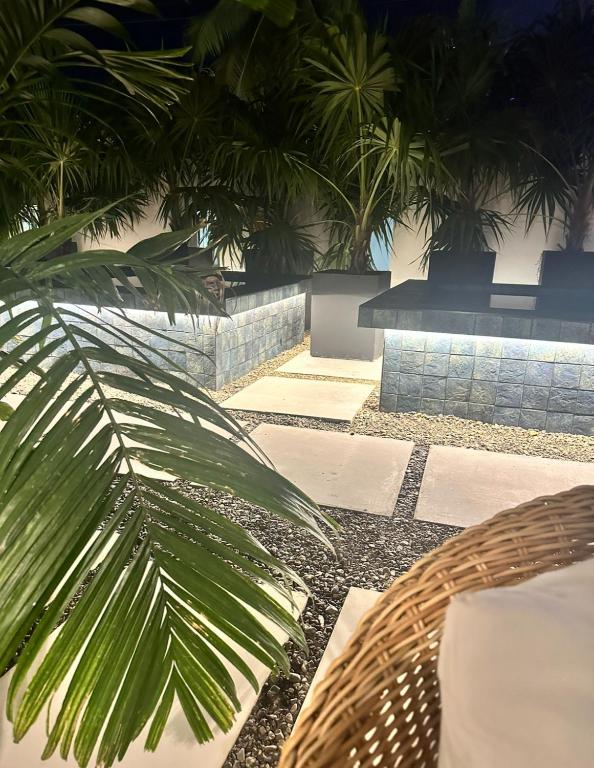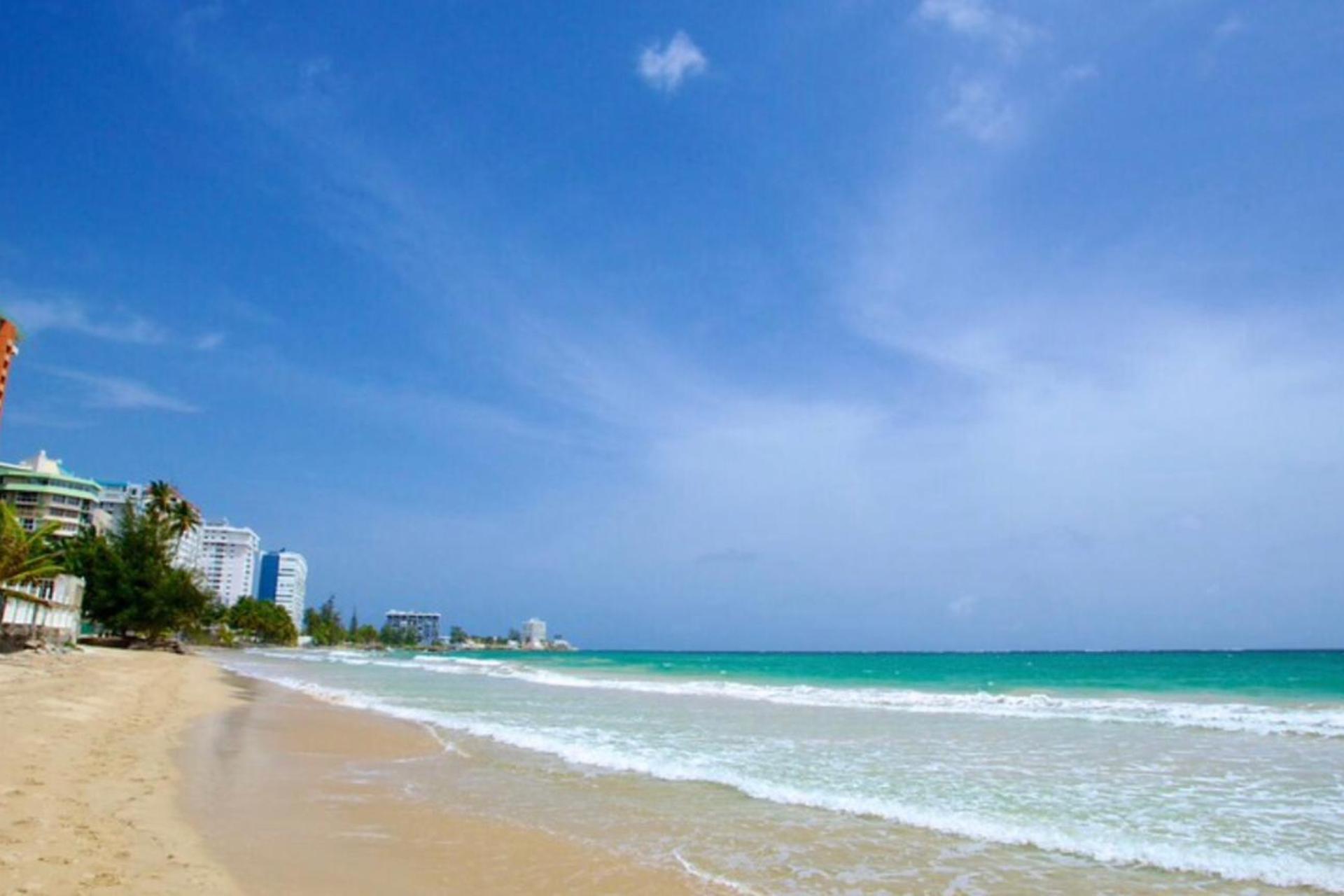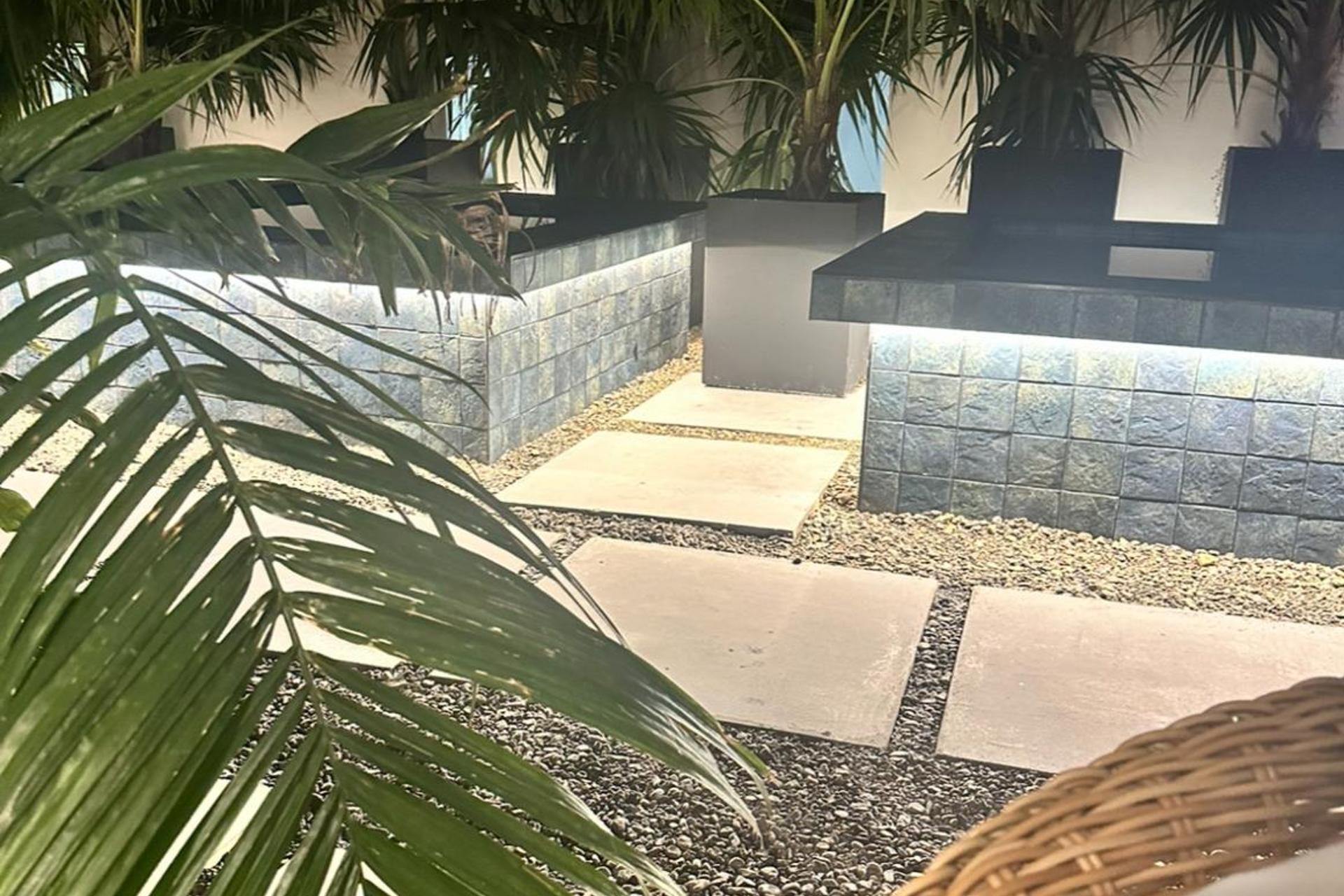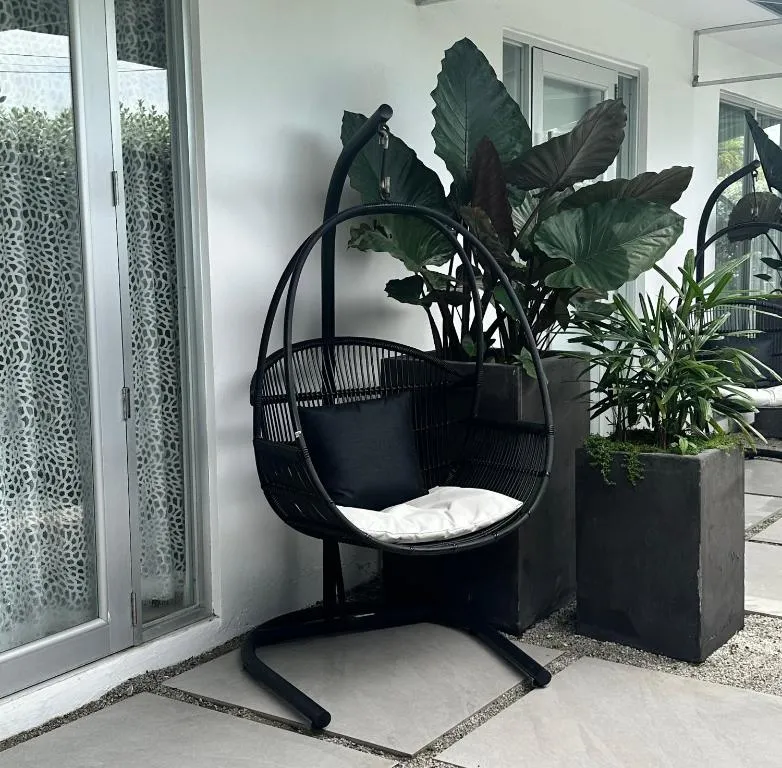
Mar Norte
Welcome to Hotel Mar Norte, your perfect getaway in the heart of San Juan! Nestled by the vibrant shores, we offer an idyllic escape for travelers seeking relaxation and adventure. At Hotel Mar Norte, we pride ourselves on providing exceptional hospitality and creating unforgettable experiences for our guests.
Our beautifully appointed rooms are designed with your comfort in mind, featuring modern amenities and stunning views of the ocean. Each morning, we invite you to enjoy a complimentary breakfast that showcases the rich flavors of Puerto Rican cuisine, setting the perfect tone for your day ahead.
We are conveniently located near various attractions, such as historic Old San Juan, where you can explore the colorful streets and immerse yourself in the island's culture. Whether you prefer lounging on the beach, trying local delicacies at nearby restaurants, or experiencing the lively nightlife, there's something for everyone just moments away from our doorstep.
At Hotel Mar Norte, we understand the importance of relaxation. Take a dip in our sparkling pool or unwind on our sun terrace with a refreshing cocktail from our bar. Our friendly staff is always on hand to assist you, ensuring your stay is as comfortable and enjoyable as possible.
We invite you to come and experience the warmth of Puerto Rico’s hospitality at Hotel Mar Norte. With our commitment to excellence and a dedication to making every moment memorable, we look forward to welcoming you for an exceptional stay. Book your escape with us today and discover why we are the ideal choice for your San Juan adventure!
Facilities of Mar Norte
- Electric vehicle charging station
- Private bathroom
- Sitting area
- Flat-screen TV
- Iron
- Terrace
- Garden
- Beachfront
- Beach
- Live sports events (broadcast)
- Live music/Performance
- Bar crawls
- Evening entertainment
- Nightclub/DJ
- Darts
- Pool table
- Fishing
- Invoice provided
- Air conditioning
- Smoke-free property
- Non-smoking rooms
- English
- Spanish
- Portuguese
- Coffee house on site
- Snack bar
- Bar
- Restaurant
- Fire extinguishers
- Smoke alarms
- Security alarm
- Non-smoking rooms
- Hand massage
- Back massage
- Massage
Hotel rules
Crib and extra bed policies
Cribs and extra beds aren't available at this property.
Crib and extra bed policies
The number of extra beds and cribs allowed depends on the option you choose. Check your selected option for more info.
All cribs and extra beds are subject to availability.






